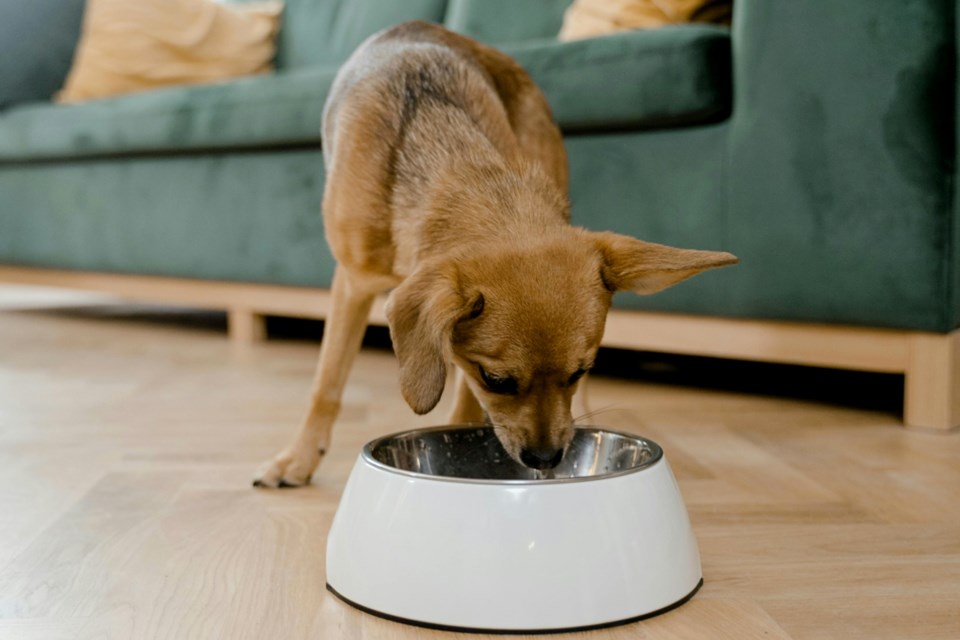This article originally appeared on Sudbury.com, a Village Media website
In the exam room, food takes up a large portion of the consult. We talk a lot about energy requirements, calorie calculations for growth, maintaining a healthy weight in adult dogs, or more commonly getting back to healthy weight in overweight dogs and how those energy demands change as our pets age.
Nutrition is also a basis of conversation for management or treatment of chronic illnesses.
With the sheer volume of pets foods available — whether through pet food stores, online companies or through your veterinarian — it can be difficult to know which food is best. Reading ingredients is something I do when shopping for foods, but that can get confusing as well because terms have very specific definitions and what seems like ‘filler’ or ‘poor quality’ may surprise you.
I want to start by talking about grains. I have this conversation at least once a day. Grains are not bad. They are not ‘filler’. They provide starches for energy, as well as essential fatty acids, minerals, vitamins and fibre. All important for balanced nutrition for your dog.
Grain-free dog foods became popular in the late 2000s and their popularity has increased steadily since then. However, grain-related disorders or allergies are very rare in dogs, and there are no studies supporting the argument that feeding them grains is harmful to your dog.




